Discover the joy of crafting perfect homemade pasta every time with our comprehensive guide. Whether you’re a seasoned chef or new to the kitchen, making homemade pasta is a rewarding experience that offers unmatched flavor and quality. With the right ingredients and techniques, you can transform simple components into delicious dishes, from fresh fettuccine to hearty gnocchi. Learn how to select the best flour, mix the perfect dough, and shape your pasta like a pro. This article dives into the essential steps, common mistakes to avoid, and expert tips to ensure your homemade pasta turns out flawless every time. Elevate your cooking skills and embrace the art of homemade pasta creation!
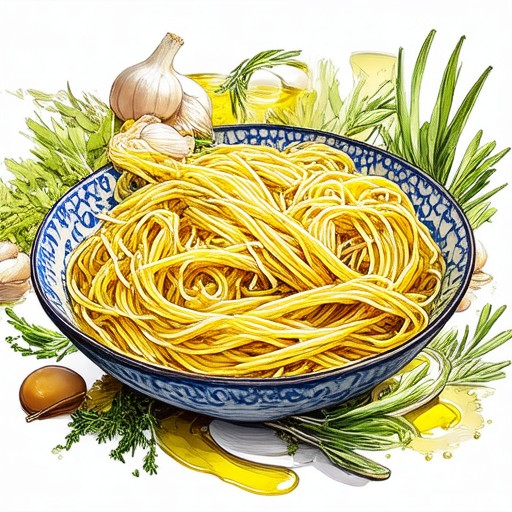
What Are the Ingredients for Homemade Pasta?
To make homemade pasta, you’ll need a few essential ingredients. Here’s a breakdown:
- Flour : The primary ingredient, usually all-purpose flour, gives the pasta its structure and texture.
- Eggs : Eggs act as binders and add richness to the dough, making it easier to shape and cook.
- Salt : A pinch of salt enhances the flavor of the pasta.
- Olive Oil or Water : A small amount of olive oil or water helps keep the dough from becoming too dry during mixing and rolling.
For a basic recipe, mix 1 1/2 cups of flour with 2 large eggs, a pinch of salt, and a tablespoon of olive oil. Knead the dough until smooth, then roll it out to your desired thickness. Cut it into shapes and boil in salted water for a traditional pasta experience.
Looking for more tips? Check out our pasta-making guide for expert advice and recipe ideas to inspire your next culinary project.
Best Flour for Homemade Pasta
When making homemade pasta, the choice of flour is crucial for achieving the desired texture and taste. Here’s a breakdown of the best options:
- Semolina Flour : This is the gold standard for pasta-making due to its coarse texture and high protein content derived from durum wheat. It creates a firm yet elastic dough, perfect for traditional pasta shapes like fettuccine and spaghetti.
- All-Purpose Flour : A versatile substitute if semolina isn’t available. It yields a softer pasta, which can be suitable for lighter dishes or those preferring a less chewy texture.
- Whole Wheat Flour : Offers more fiber and nutrients but results in a denser pasta. Ideal for those seeking health benefits but be prepared for a heartier texture.
- Bread Flour : Contains high gluten levels, producing a chewier pasta. Best suited for dishes like risotto or gnocchi where texture is key.
- Caputo Flour : A premium Italian semolina flour known for its exceptional elasticity, making it excellent for fresh pasta that holds shape well.
Choose based on your desired outcome—classic texture with semolina, softness with all-purpose, or unique textures offered by whole wheat or bread flour. Caputo flour is highly recommended for its superior quality, though availability may vary.
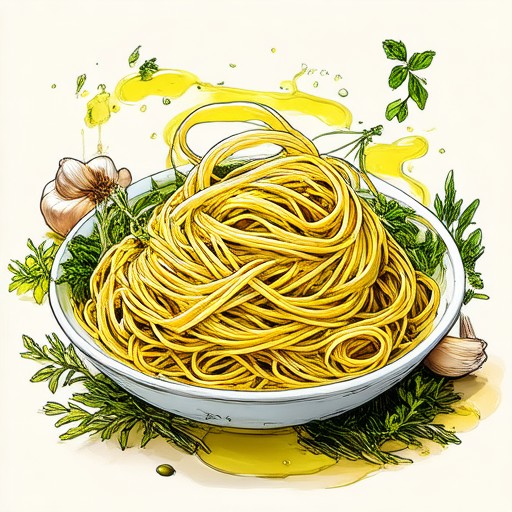
How to Make Fresh Pasta
Creating homemade fresh pasta is a rewarding culinary experience that combines simplicity with creativity. Below is a step-by-step guide to crafting authentic Italian pasta from scratch.
Step 1: Gather Ingredients
To make fresh pasta, you’ll need:
- 500 grams of all-purpose flour
- 4 large eggs
- 1/4 cup of water (or more if needed)
- Salt
- Olive oil (for lubricating the pasta sheet)
Step 2: Select Ingredients
The quality of your ingredients greatly affects the final result. Choose:
Flour: Opt for high-gluten flour for a firmer texture or semolina for a more durable pasta. Eggs: Use large, fresh eggs for better elasticity and richness. Water: Soft water is ideal to prevent the dough from becoming too dry.
Step 3: Mix and Knead the Dough
In a large bowl, combine the flour and salt. Create a well in the center and pour in the eggs and water. Stir gently until a dough forms. Knead the dough on a floured surface for 8-10 minutes until smooth and elastic. Let the dough rest under plastic wrap for 30 minutes to allow gluten development.
Step 4: Roll Out and Cut the Pasta
After resting, dust the dough with flour and roll it out to 1/16 inch thickness. Adjust the thickness according to your preferred pasta type (fettuccine, spaghetti, etc.). Use a pasta cutter or ruler to cut the sheets into strands or individual noodles. Toss the pasta with olive oil to prevent sticking.
Step 5: Cook the Pasta
Bring a large pot of salted water to a boil. Drop the pasta into the boiling water and stir occasionally. Cook according to the pasta type’s recommended time (usually 8-12 minutes for fettuccine, 6-8 minutes for spaghetti).
Enjoy your homemade pasta with your favorite sauce or topping!
For more detailed recipes and culinary tips, visit our pasta recipe page . Discover how to elevate your meals with authentic Italian dishes and explore our collection of international cuisines .

Is It Worth Making Pasta from Scratch?
Yes, it is absolutely worth making pasta from scratch! The effort you put in is quickly rewarded with a fresh, delicious meal that far surpasses store-bought versions.
Why Make Pasta from Scratch?
- Superior Taste: Freshly made pasta has a richer flavor and smoother texture compared to dried pasta.
- Customization: You can tailor the pasta to your preferences, whether by adjusting the flour type or adding unique ingredients.
- Time and Money Savings: While it takes time, homemade pasta often costs less than store-bought options over time.
- Skill Development: Learning to make pasta from scratch is a valuable culinary skill that can elevate your cooking repertoire.
The Benefits of Homemade Pasta
When you make pasta from scratch, you gain control over the ingredients, ensuring higher-quality results. Plus, it’s a fun and creative process that can be enjoyed as a family tradition or a relaxing weekend activity.
Considerations
While homemade pasta is generally better, keep in mind that it does require some time and practice to perfect the dough consistency. However, with each batch, you’ll become more confident and efficient in the kitchen.
Whether you’re a seasoned cook or new to the kitchen, making pasta from scratch is a rewarding experience that offers both personal satisfaction and delicious results. Give it a try, and you’ll likely become hooked on the freshness and quality that homemade pasta provides!
For more pasta-making tips and recipes, explore our Pasta Recipes section or check out our Essential Kitchen Tools guide to get started.
Common Issues When Making Homemade Pasta
Homemade pasta can be a rewarding process, but it’s easy to encounter several common pitfalls. Here are some issues to watch out for:
- Incorrect Dough Consistency: The dough may become too sticky or too dry. To fix this, ensure you’re using the correct type of flour (like semolina for authentic pasta) and sufficient hydration.
- Insufficient Kneading: Not kneading the dough enough can result in a lack of elasticity, causing the pasta to tear during boiling.
- Hydration Issues: Pasta dough that’s not adequately hydrated will be difficult to shape and may break apart.
- Rolling Technique: Rolling the dough too thin or too thick can lead to uneven textures or tearing.
- Shaping Problems: Failing to dust the surface with flour before rolling or not using enough flour when cutting can cause the pasta to stick together.
- Boiling Time: Overcooking leads to a gummy texture, while undercooking results in a firm bite. Aim for al dente in about 8-12 minutes.
- Drying Inadequacies: Improper drying can lead to mold or sticking. Use a clean, shaded rack in a well-ventilated area.
- Flour Choice: Using all-purpose flour instead of semolina can affect the pasta’s texture and elasticity.
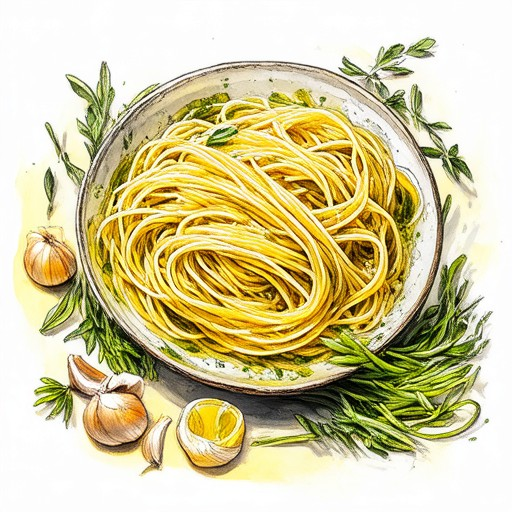
What Not to Do When Making Pasta
- Do not overcook pasta. Cooking it too long will make it mushy and lose its firmness.
- Do not undercook pasta. It needs to be al dente for the perfect texture.
- Do not add too much salt to the pasta water. Proper salinity ensures a flavorful dish without overpowering the sauce.
- Do not leave pasta uncovered while boiling. It should absorb water from steam, ensuring it’s cooked evenly.
- Do not store pasta left out for too long. It can dry out or become stale, affecting its quality.
- Do not overload the pot with pasta. Too much can cause it to stick together and cook unevenly.
- Do not use the wrong pasta shape for your sauce. Each shape works best with specific sauces (e.g., thicker sauces with longer pastas like fettuccine).
- Do not season pasta before boiling. Proper seasoning happens during cooking to ensure flavors are distributed evenly.
- Do not drain pasta improperly. Pressing it against the pot side removes excess water, preventing a mushy texture.
By paying attention to these details, you can achieve perfectly cooked pasta every time, enhancing both texture and flavor of your dishes.

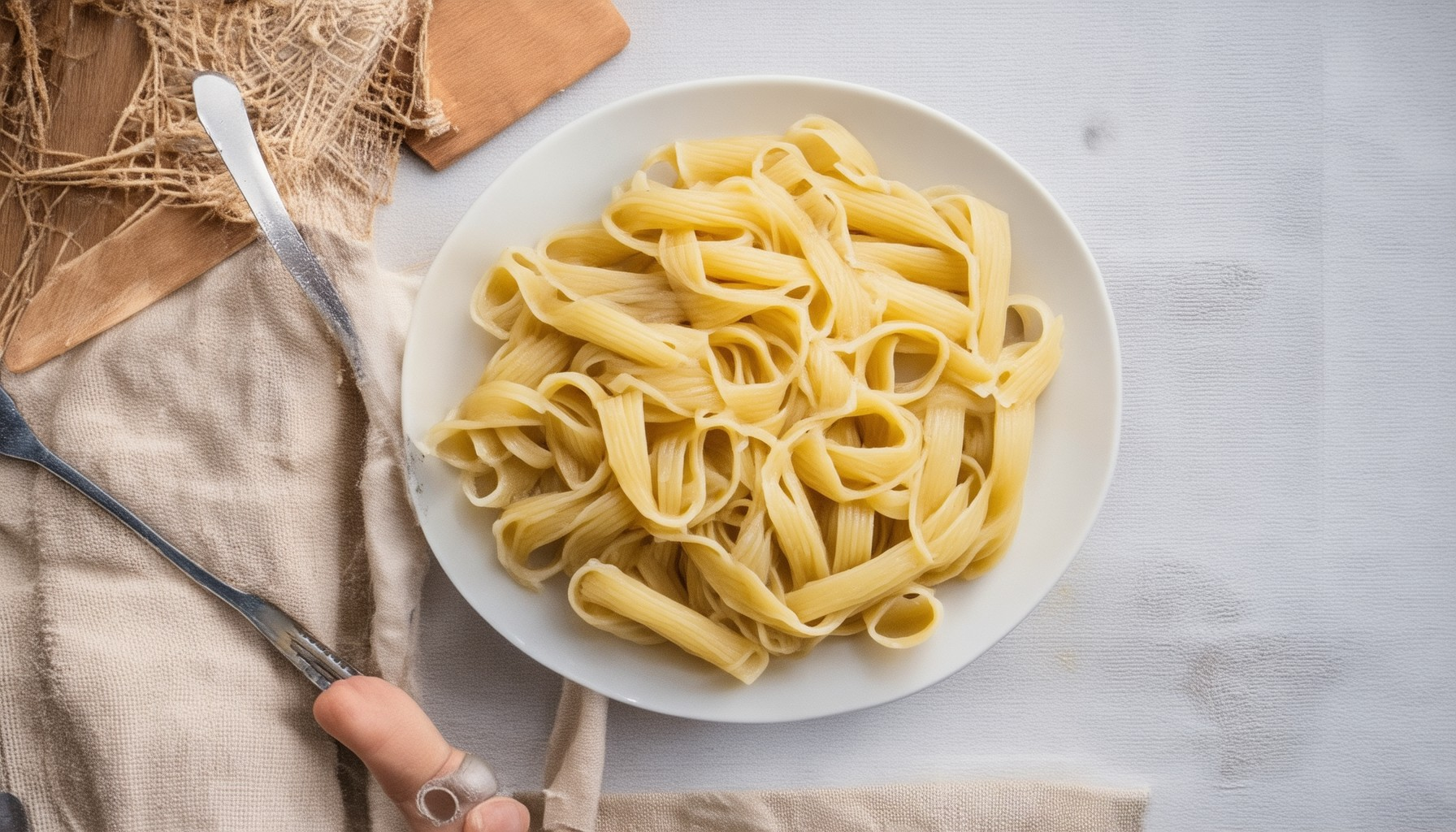
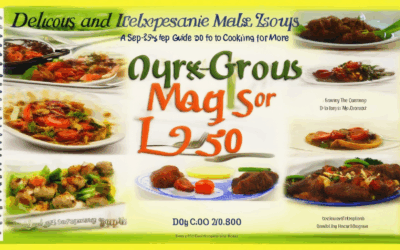


0 Comments